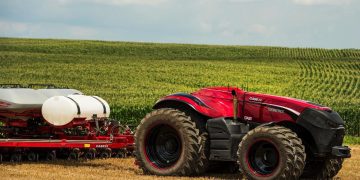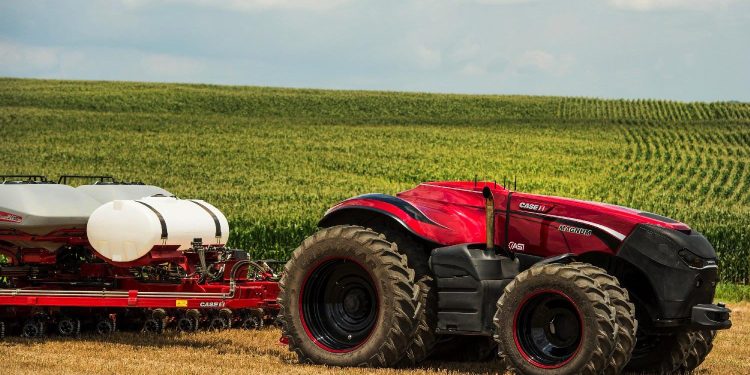#GLONASS #AutonomousTractors #recisionAgriculture #AgriculturalTechnology #RussianFarming #High-PrecisionPositioning #CognitivePilot #НПОАвтоматики #Roscosmos #AgricultureInnovation #GlobalNavigationSatelliteSyste
Discover how GLONASS, the Russian global navigation satellite system, is poised to transform the agricultural landscape by enabling the development of autonomous tractors. This article explores the latest developments in high-precision positioning technology, its impact on Russian farming, and its potential to compete in the global market.
In the rapidly evolving world of agriculture, precision and efficiency have become paramount. Farmers, agronomists, agricultural engineers, farm owners, and scientists are constantly seeking innovative solutions to boost productivity and reduce labor costs. One such groundbreaking development is the integration of GLONASS (Global Navigation Satellite System) into the agricultural sector.
GLONASS: A Game-Changer in Precision Agriculture
GLONASS, Russia’s answer to the GPS (Global Positioning System), is taking a giant leap into the agricultural domain. According to a report from the “Беспилот” telegram channel, GLONASS has devised a cutting-edge high-precision positioning system tailored for Russian farmers. Collaborating with agricultural machinery manufacturers, this technology is expected to hit the market as early as next year.
The CEO of the development company, Alexey Raykevich, reveals that the entirely Russian-made technology is currently undergoing rigorous testing, with a ready product anticipated within six months. Interestingly, even as Western companies make their exit from the scene, GLONASS aims to replace them, solidifying the country’s presence in the global agricultural technology sector.
The Rise of Domestic Autonomous Farming Systems
Surprisingly, Russia has already made significant strides in autonomous farming systems, partially thanks to companies like Cognitive Pilot, which is partially owned by “Sber.” Cognitive Pilot introduced its Cognitive Agro Pilot system back in 2017, significantly expanding its footprint beyond Russia and the CIS by securing numerous contracts in countries like Brazil and Argentina. Notably, Cognitive Agro Pilot seamlessly integrates with multiple satellite systems, including GLONASS.
Another major player in the field is “НПО Автоматики,” a subsidiary of “Roscosmos,” responsible for developing autopilots for agricultural machinery. In 2022, they commenced mass production of systems that can be installed on combines, tractors, and other agricultural equipment, promising yield increases of 20-30%.
A Competitive Landscape
While GLONASS’s foray into the agricultural sector is promising, the extent of its competitiveness with existing systems remains uncertain. However, industry experts quoted by “Беспилот” are confident that the demand for these technologies will steadily rise. The global market for autonomous tractors already boasts around 44,800 units, and by 2025, it is projected to grow to approximately 61,000 units, with an annual growth rate of around 25%.
In Russia, although autonomous farming technology is not as widespread, there are already over a thousand combines equipped with Cognitive’s systems, which collectively harvested 1.6 million tons of crops last year.
The integration of GLONASS into the agricultural sector signifies a significant leap forward in Russian farming technology. As the demand for autonomous agricultural machinery continues to rise globally, this innovation promises to revolutionize farming practices, enhancing precision, reducing labor costs, and increasing overall productivity. While it remains to be seen how GLONASS will compete with existing systems, the potential for growth in this sector is undeniable, and Russian agriculture is set to benefit significantly.


































